Sidewalk
Latest
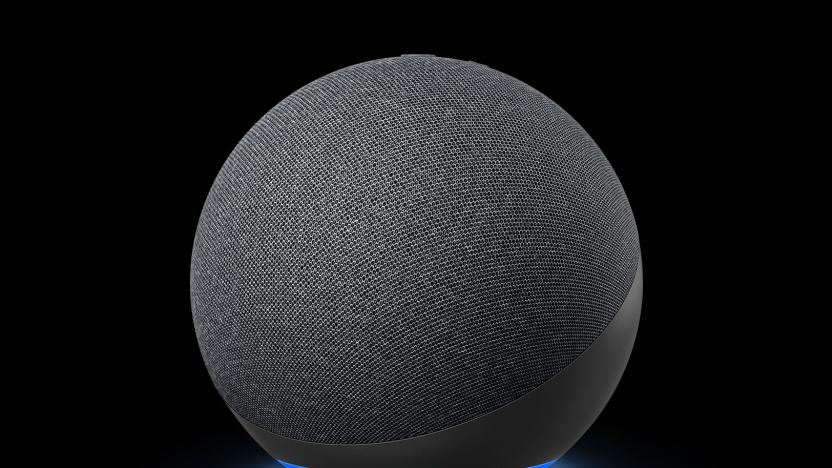
Amazon opens its Sidewalk bandwidth-sharing network to third-party devices
Amazon has announced that Sidewalk now has the needed "coverage and tools" ready to make the service available to third-party developers.

How to opt out of Amazon's bandwidth-sharing Sidewalk network
Echo and Ring devices in the US are automatically enrolled in the program.
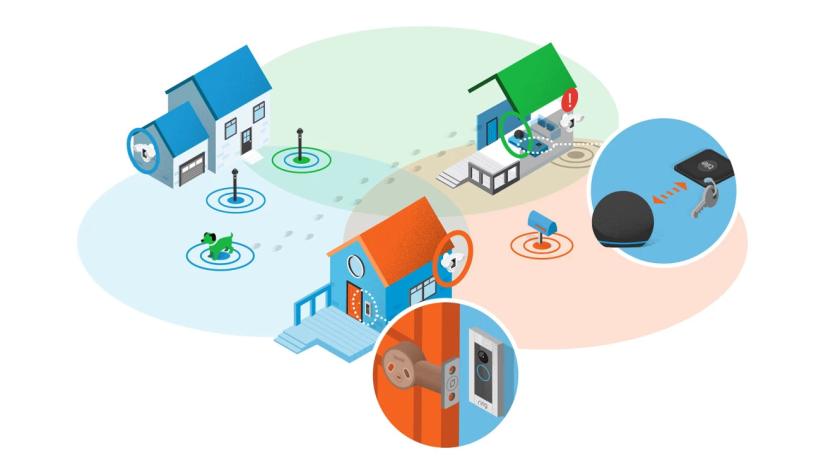
Amazon will add Tile tags to its Sidewalk device network next month
The integration is a boost for Tile amid competition from Apple's AirTags.
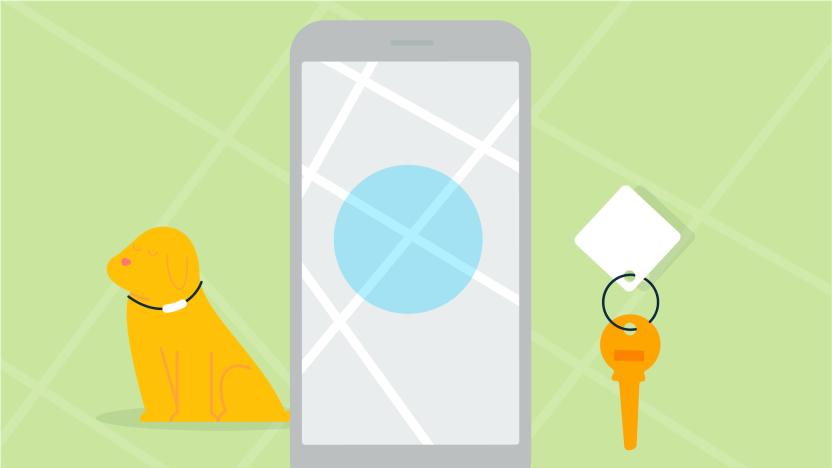
Amazon Sidewalk will be enabled by default on Echo devices
Last year, Amazon announced Sidewalk, a shared network designed to keep your smart devices connected beyond the reach of the typical WiFi router. In order to do that, it’ll utilize certain devices as “Sidewalk Bridge” connections, such as Ring cameras and Echo products.
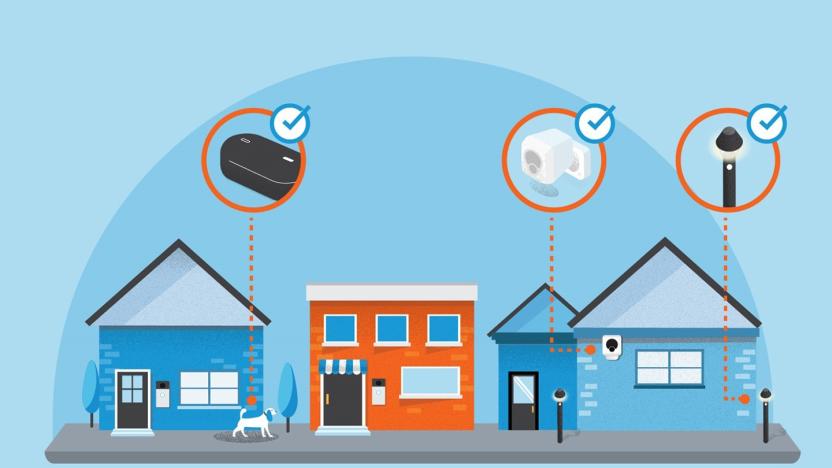
Amazon's Sidewalk neighborhood WiFi will work with Echo and Tile devices
Amazon's Sidewalk neighborhood WiFi should arrive later this year.

Lime knows when you're riding its scooters on the sidewalk
Scooter sharing services have created headaches for pedestrians almost from the outset, including the tendency for renters to ride on the sidewalk. Lime may have a way to nudge riders back to the street, though. It just launched a pilot in downtown San José that uses accelerometer and speed data to detect when you're riding on the sidewalk. If AI determines that half or more of a ride took place on sidewalks, you'll get a push notification encouraging you to ride on the street the next time.

Amazon Sidewalk aims to connect outdoor tech beyond your WiFi range
As IoT technology spreads across our homes, keeping devices on our WiFi networks becomes more of an issue. Amazon thinks it has a solution with Sidewalk, which aims to keep low-power, low-bandwidth devices connected despite being far away from your router using, a 900 MHz spectrum.
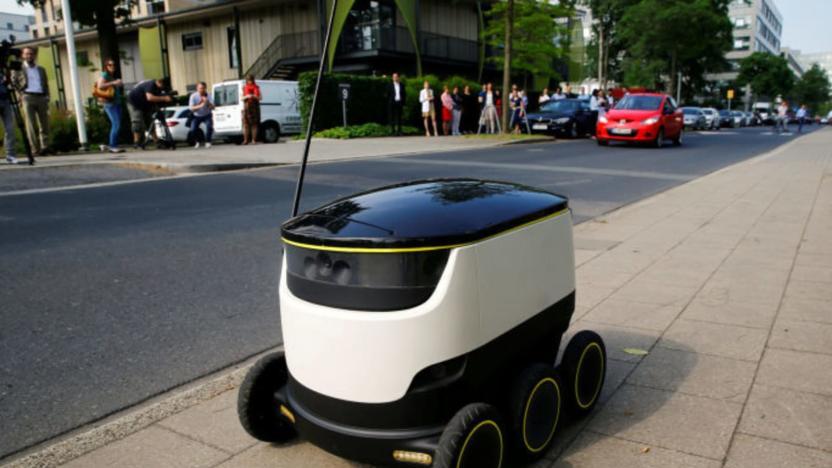
Delivery robots will soon be allowed on Washington sidewalks
Washington has become the eighth state to greenlight the use of delivery robots on sidewalks and crosswalks. Governor Jay Inslee signed the bill yesterday, following support from Starship Technologies, which specializes in autonomous last-mile and local deliveries.

Inside Google’s plan to build a smart neighborhood in Toronto
On the Sidewalk Labs website is a 200-page document explaining its vision for a smart neighborhood in Toronto. It's packed with illustrations that show a warm, idyllic community full of grassy parks, modular buildings and underground tunnels with delivery robots and internet cabling inside. The text describes "a truly complete community" that's free of cars and committed to reducing its carbon footprint. Underpinning everything is a network of sensors that can monitor noise, traffic and pollution, collecting the troves of data required to understand and improve the city's design. Flipping through the pages, it's easy to see how the company -- an offshoot of Google parent Alphabet -- was chosen to revitalize the Lake Ontario waterfront. The lengthy pitch document, however, is just a taste of what the area might become. It's a dreamy but meticulously thought-out mood board summarizing what Sidewalk Labs has been pondering for the past two years. Reading it cover to cover, you can get lost in the scale and ambition of such a project. Most companies would struggle to execute just one aspect of the plan: autonomous transit, for instance, or buildings that can be quickly and cheaply repurposed depending on the time of day or needs of the city. Sidewalk Labs, however, wants to do it all.

Alphabet’s Sidewalk Labs is building an 'internet city' in Toronto
The next step for Alphabet's Sidewalk Labs is making a 2,000 acre smart neighborhood in Toronto. Google Canada will relocate its headquarters to the newly created Quayside neighborhood along the Eastern Waterfront to serve as an anchor for the area, and will invest some $50 million in the first phase of planning and project testing, according to a press release. The entire project could cost as much as $1 billion, Wall Street Journal reports. TechCrunch writes that an additional $1.25 billion will come from Toronto itself. Prime minister Justin Trudeau said that the move is to make for "smarter, greener, more inclusive" cities that he hopes will expand across Toronto and eventually the globe.

Pavegen taps pedestrians for power in East London (video)
When we were kids, we assumed that in the future everything would be powered by tiny nuclear fusion reactors: automobiles, toothbrushes, time machines (apparently we read a lot of sci-fi from the 1950s). The truth, as usual, is more mundane than all that: some of the more promising advances we've seen in green energy has been kinetic, taking the movement of automobiles or the tides and converting it into electricity. Pavegen, for example, can be set in public walkways to generate as much as 2.1 watts of electricity per hour from the footsteps of grizzled pedestrians. Using marine grade stainless steel and recycled materials, just five of these bad boys distributed over a well-worn sidewalk should be able to generate enough energy to keep a bus stop going all night. If not put into nearby lighting, the units are equipped with lithium polymer batteries for storage. Currently being tested in East London, look for them throughout the UK in 2010. Video after the break. [Via Inhabitat]








